Category: Guides & How-Tos
-
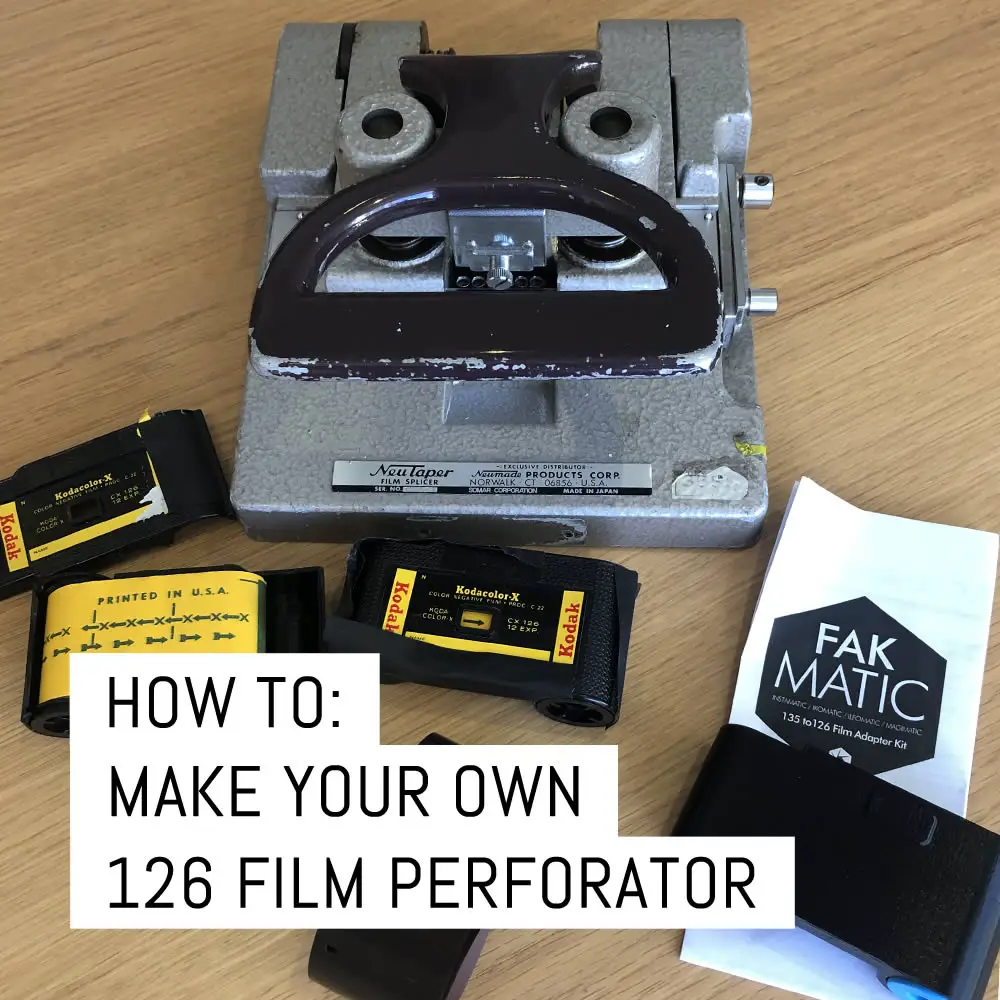
How to: Make your own 126 film perforator
This is a follow up to my original article on the Kodak Instamatic 500 and my passion for the (rather underloved) 126 Instamatic format. There are loads of great “square format” point and shoot cameras out there, if only
-
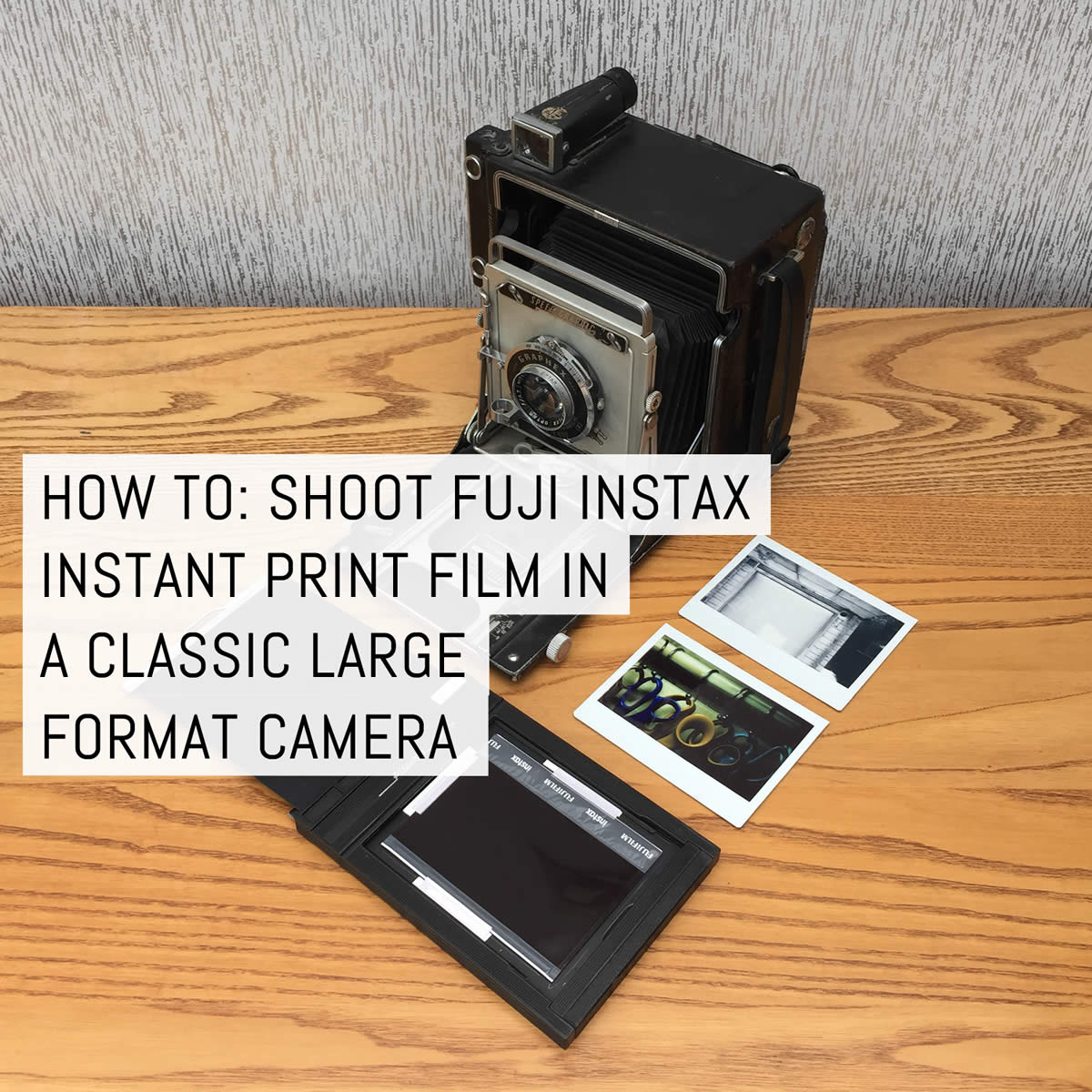
How to: Shoot Fuji Instax instant print film in a classic large format camera
Some of my classic cameras remind me of the fascinating history of photography. Recently I wanted to see if I could make instant prints with my Speed Graphic press camera.
-
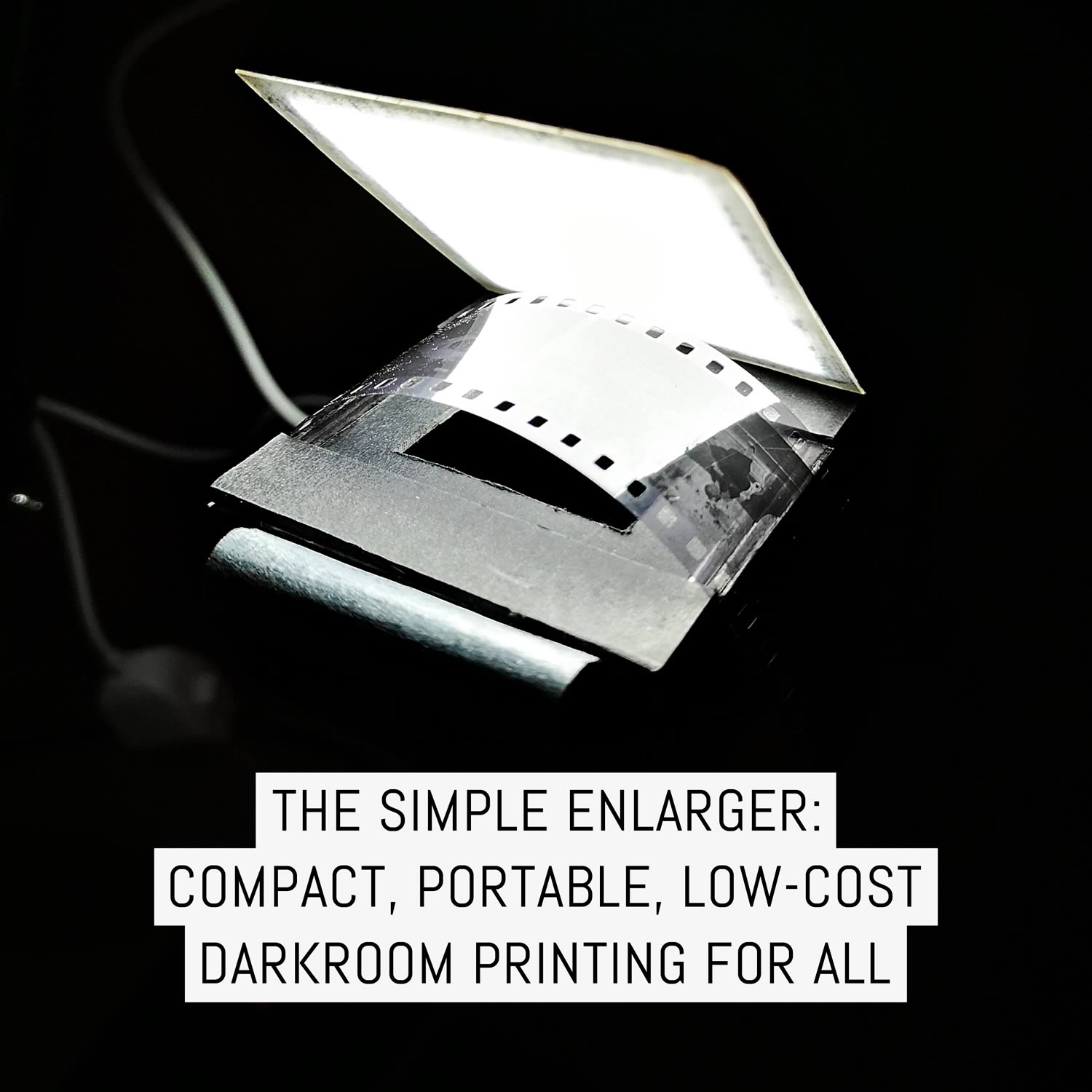
The Simple Enlarger: compact, portable, low-cost darkroom printing for all
I want to spread the idea that a photographic enlarger is fundamentally a very simple thing.
-
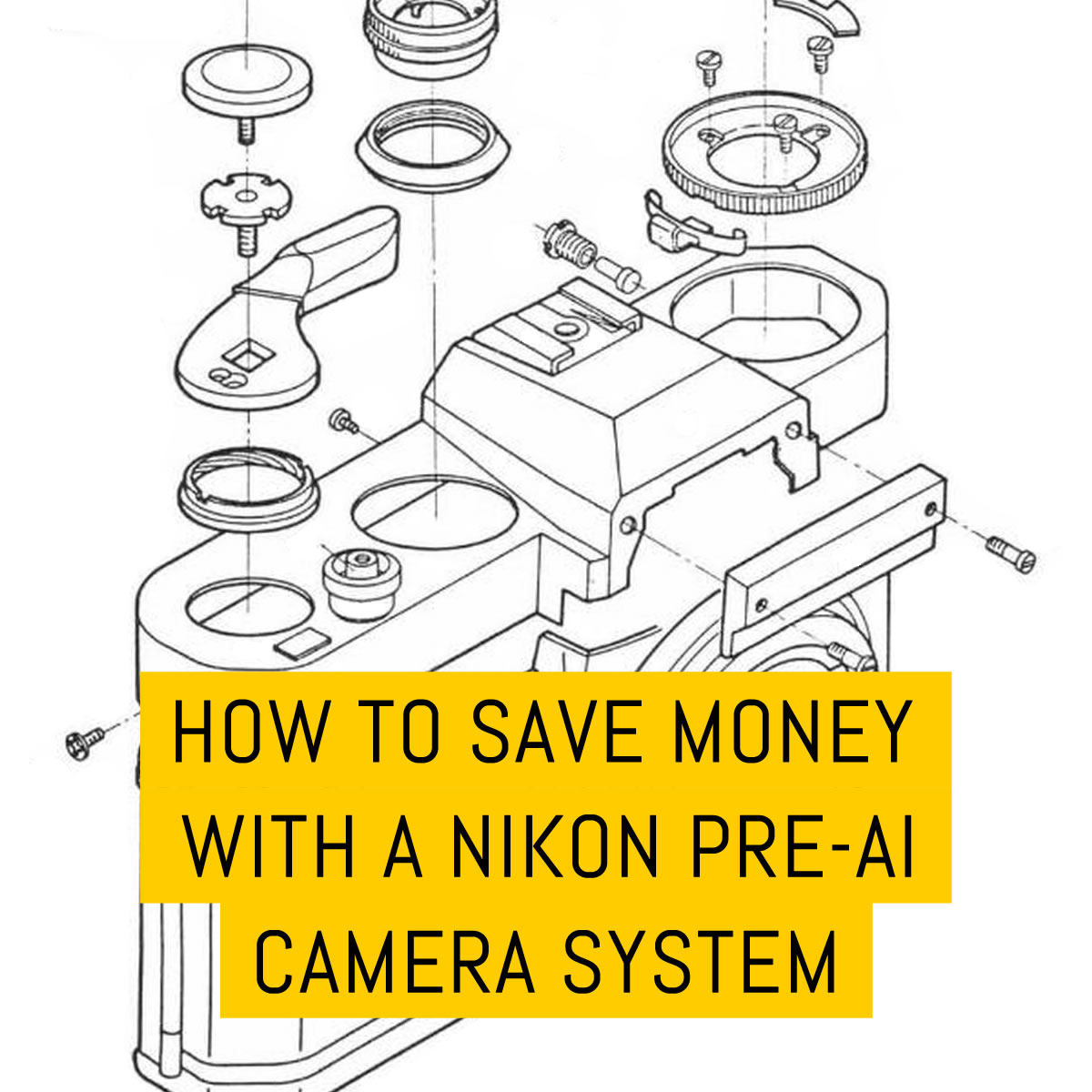
How to save money with a Nikon Pre-AI camera system
The cost of manual-focus 35mm equipment increases to rise and Nikon gear is leading the pack.
-
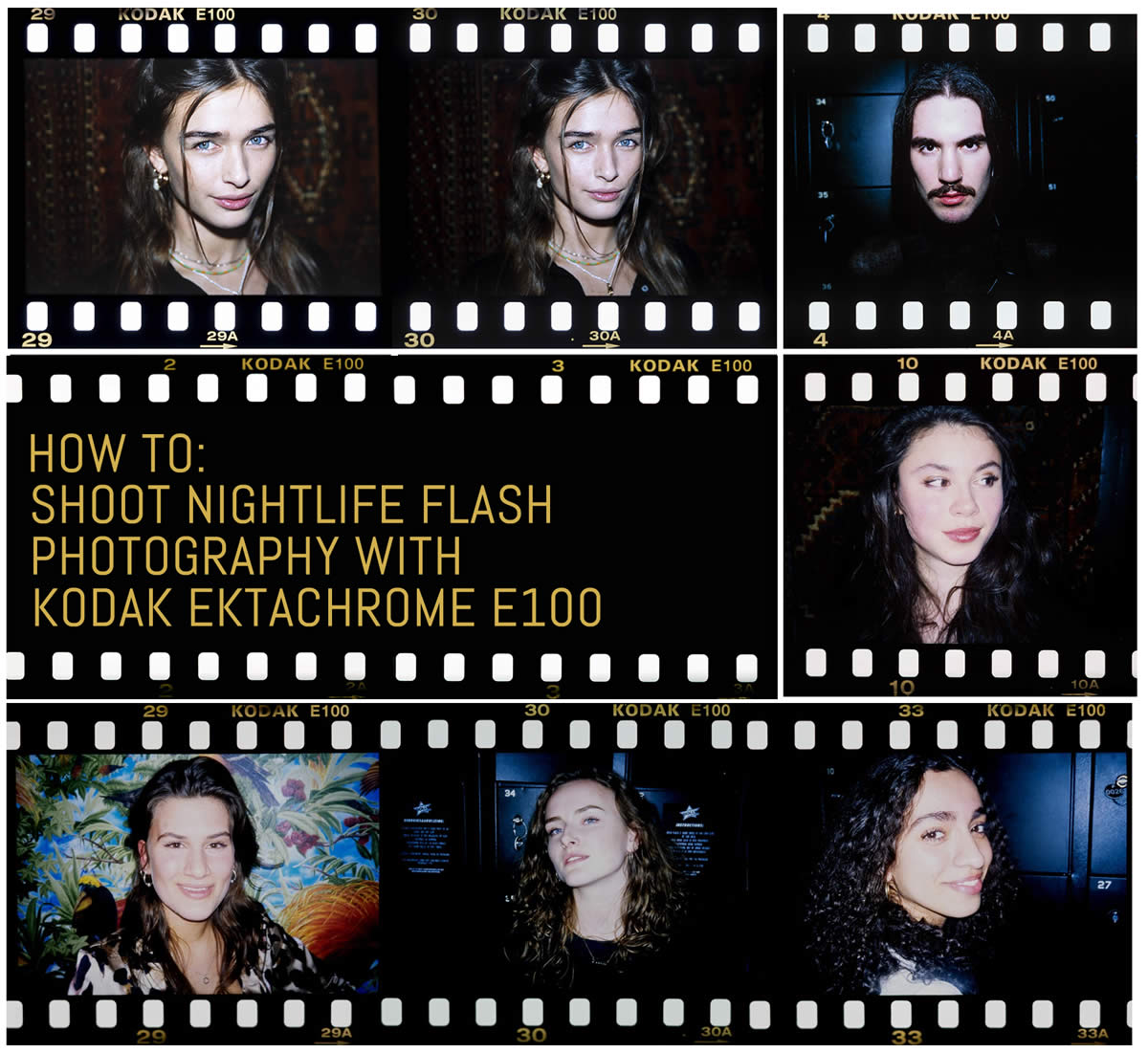
How to: Shoot nightlife flash photography with Kodak Ektachrome E100
Using reversal film for flash photography is not the most obvious choice but there are a few characteristics which make using Kodak’s new Ektachrome E100 for flash photography very interesting.
-
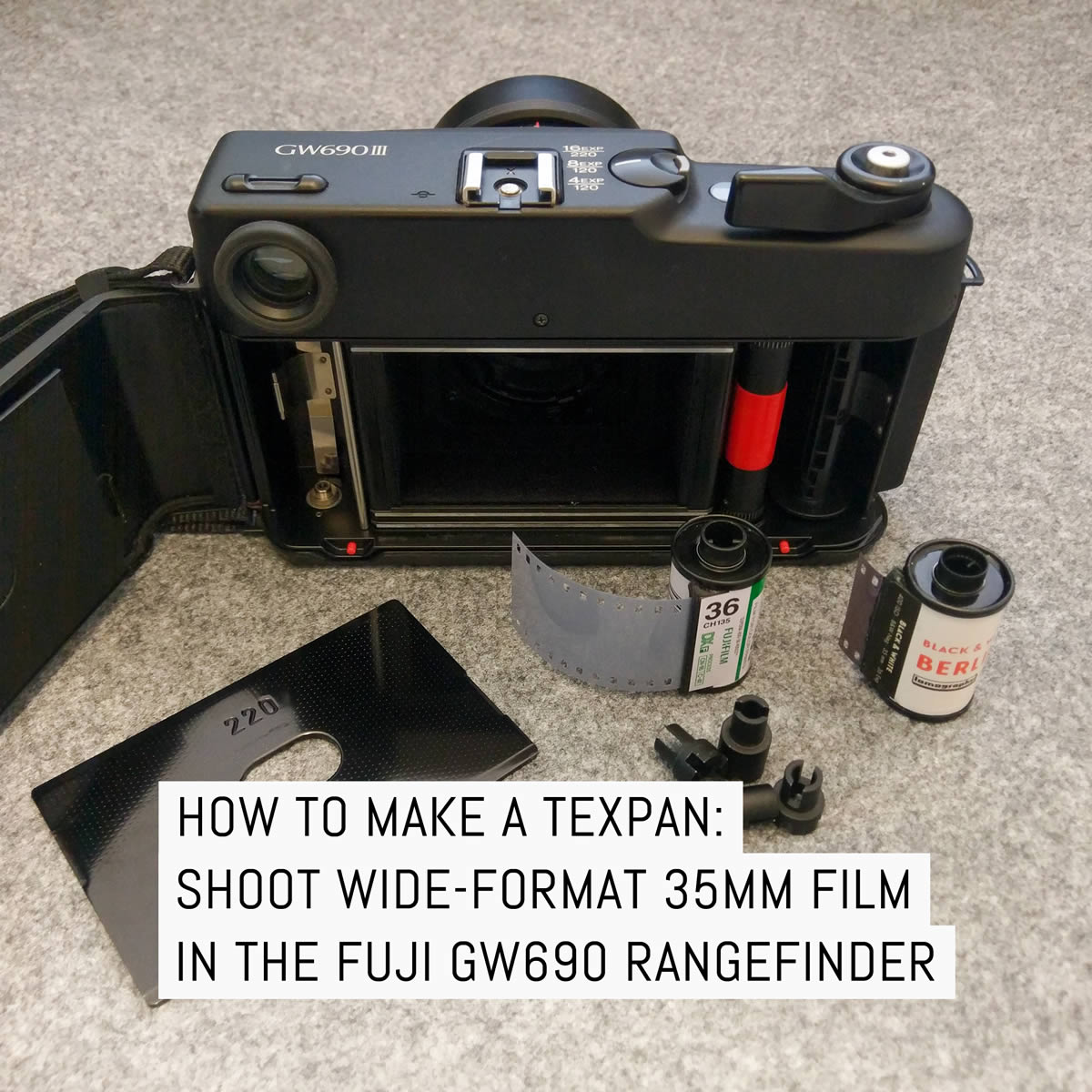
How to make a TEXPan: shoot wide-format 35mm film in the Fuji GW690III rangefinder
In this article, I’ll be showing you how to very simply modify your Fuji medium format rangefinder to shoot wide-format 35mm film (aka make your own TEXPan).
-

How to shoot Instax Square in an Instax Wide camera (free download)
When we talk about instant film, Fujifilm and Polaroid Originals are the only mature solutions available at this time. One of the characteristics of these cameras is that we can choose only one format for one camera.
-
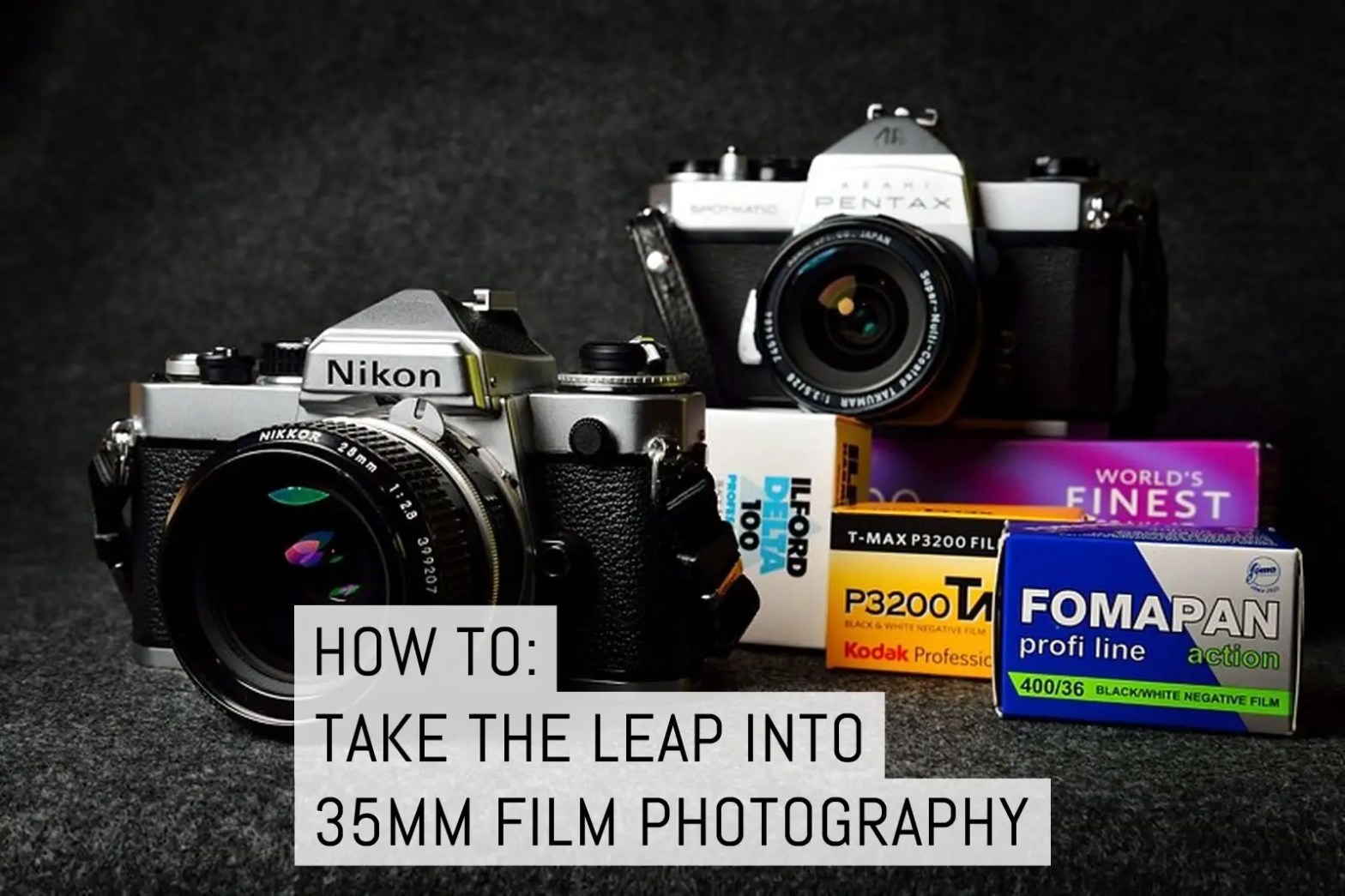
How to take the leap into 35mm film photography
In this article, I will go over the steps you need to take and the decisions you need to make to enter the wonderful world of film 35mm photography. I recommend starting with the 35mm format as the cameras
-

How-to: Build a photography website…what you need to know
The new year is upon us but it needn’t be filled with broken resolutions, especially if you’ve committed yourself to create a new photography website (or plan on refreshing one you already have).
-
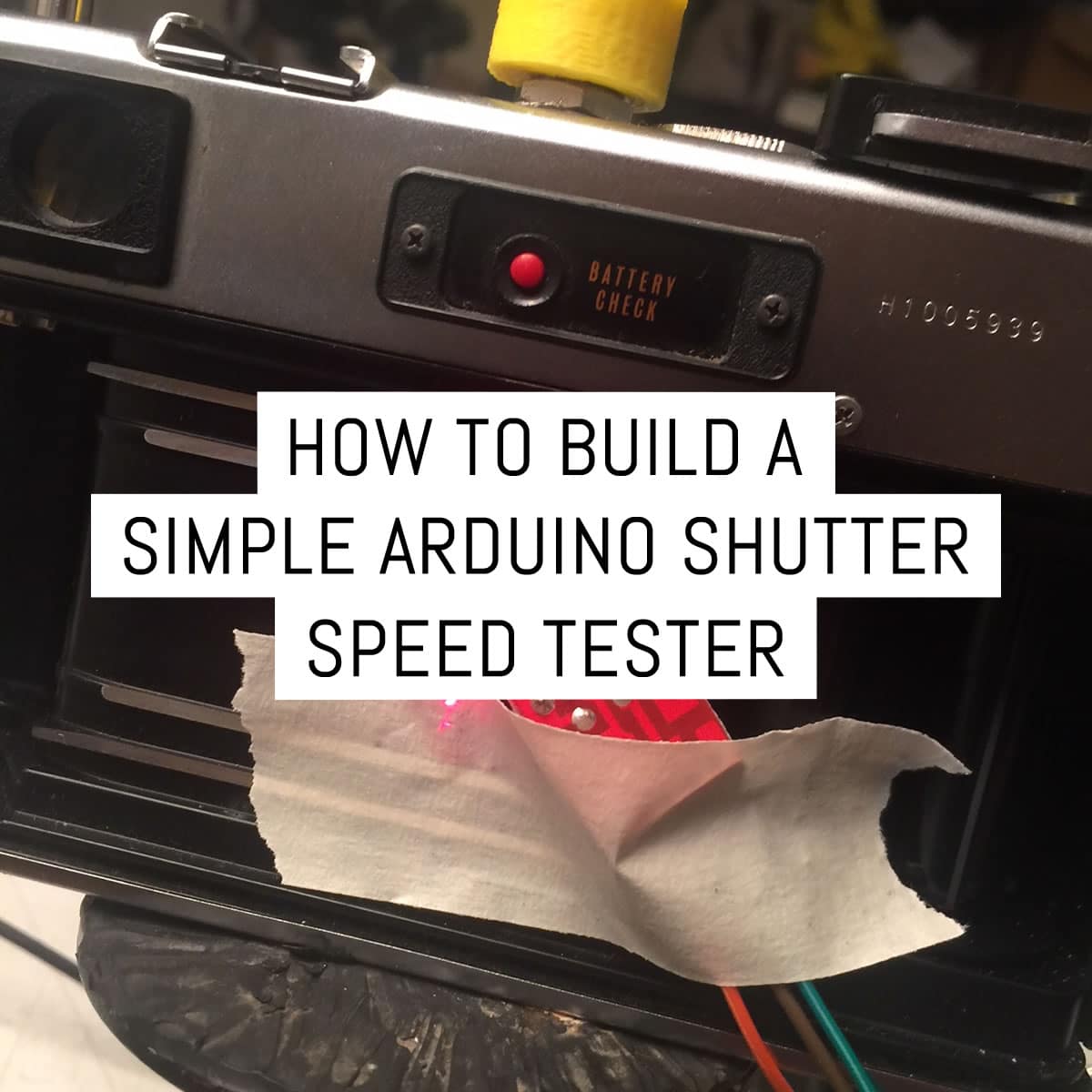
How to build a simple Arduino shutter speed tester
I’ve been stuck in my house filling orders for my Kickstarter campaign for the CAMERADACTYL 4×5 Field Camera, mostly just babysitting printers, changing filaments and adjusting extruders every few hours.
-
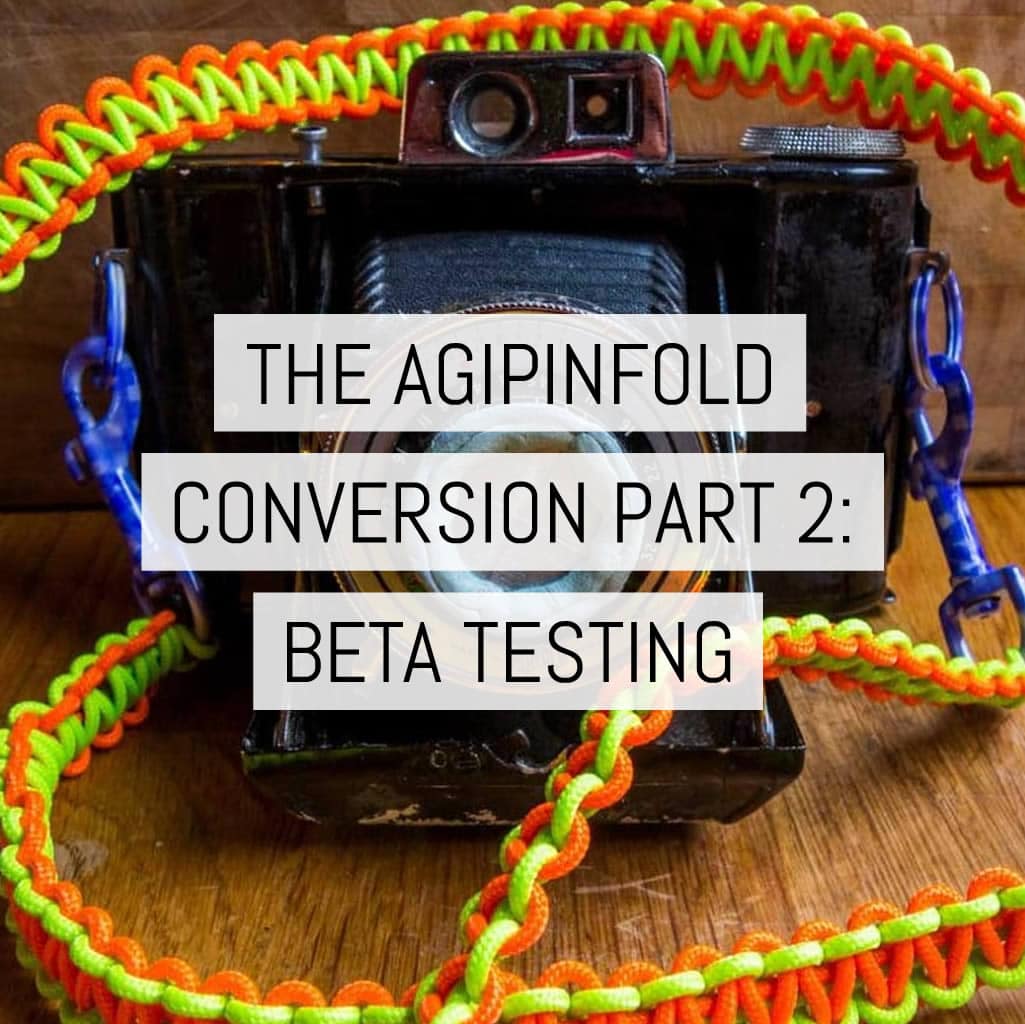
The AgiPinFold Pinhole Conversion Part 2: Beta testing
Back in July, I walked you through the initial build for my Agipinfold, an Agifold 6×6 camera converted to pinhole. It’s time for part two. The pinhole is still held on with blue tack…..
-

How-to: Load a Paterson System 4 film development tank
Probably the most awkward aspect of developing films at home is getting your exposed film onto a reel and into a developing tank.
-
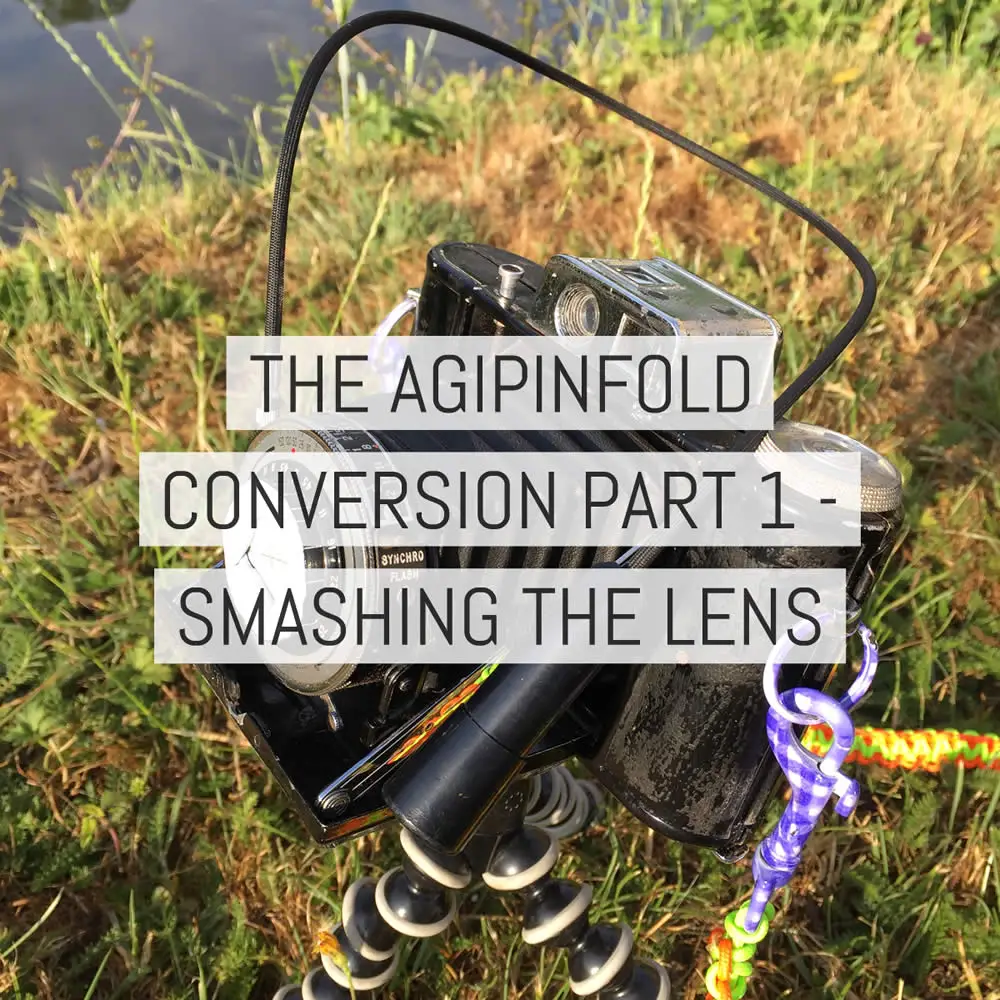
-
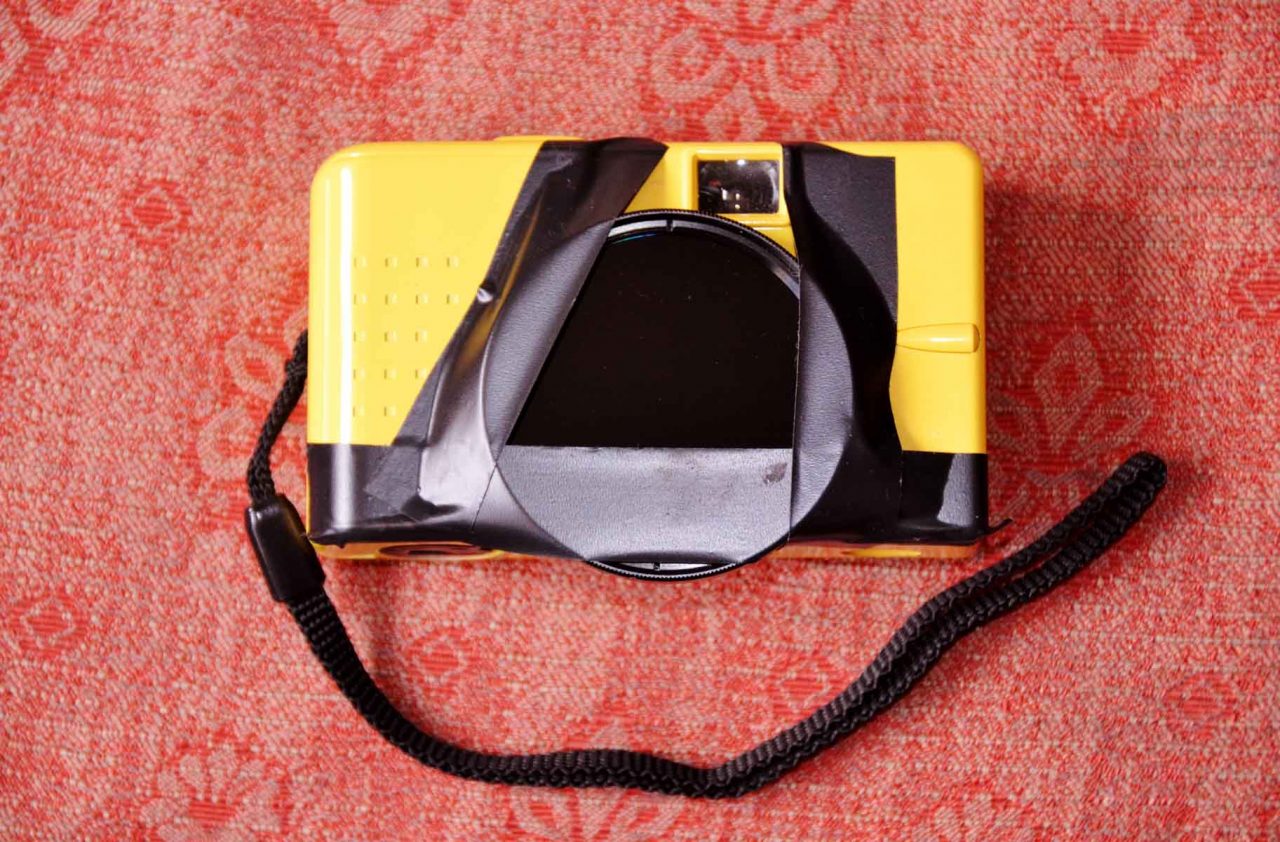
How-to: convert a toy camera to shoot BW infrared film
Ok, so as photography how-to’s go, this one is as simple as they come.
-

How-to: creating a photo book, some do’s and don’ts
Photographs become something special when printed. You can touch them, feel them, and get up close to them.
-
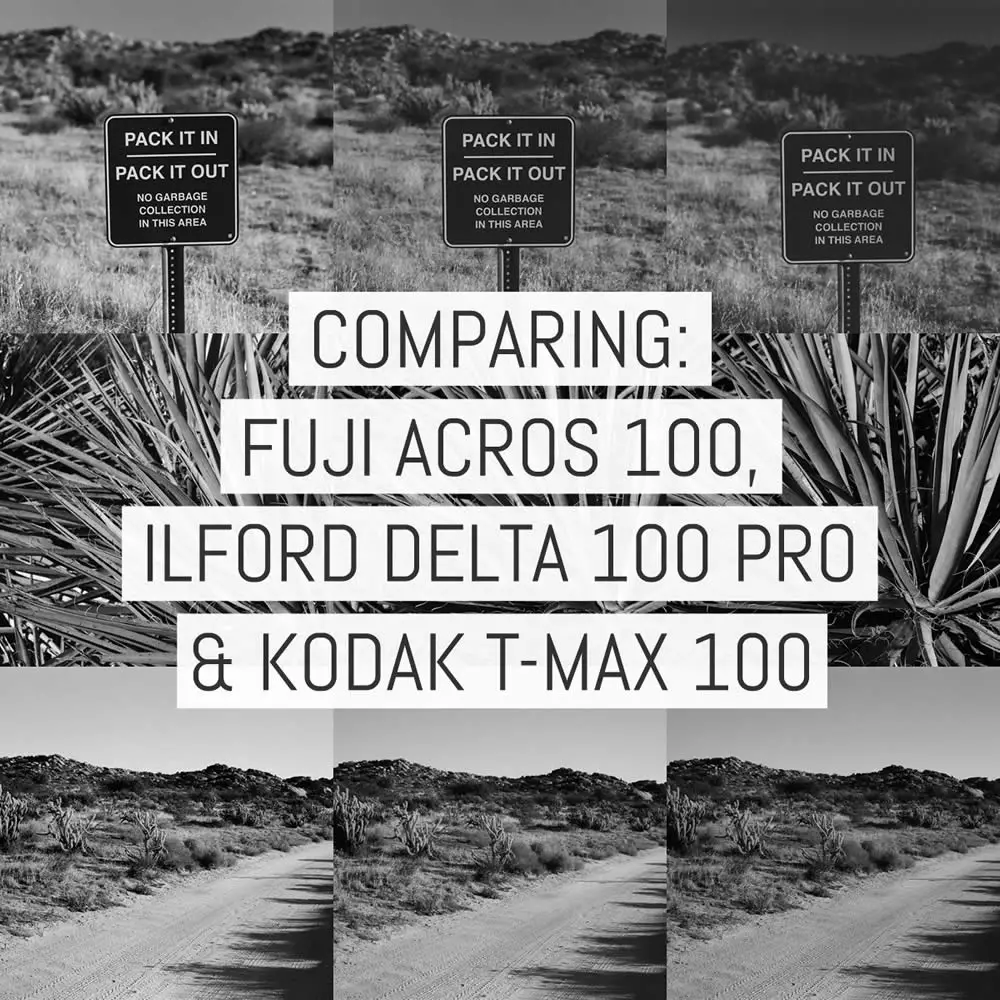
Comparing Fuji NEOPAN 100 ACROS, ILFORD Delta 100 Professional and Kodak T-MAX 100
This whole project started when I realized I had been blindly allegiant to certain black and white films for a number of years without any particular rhyme or reason.
-
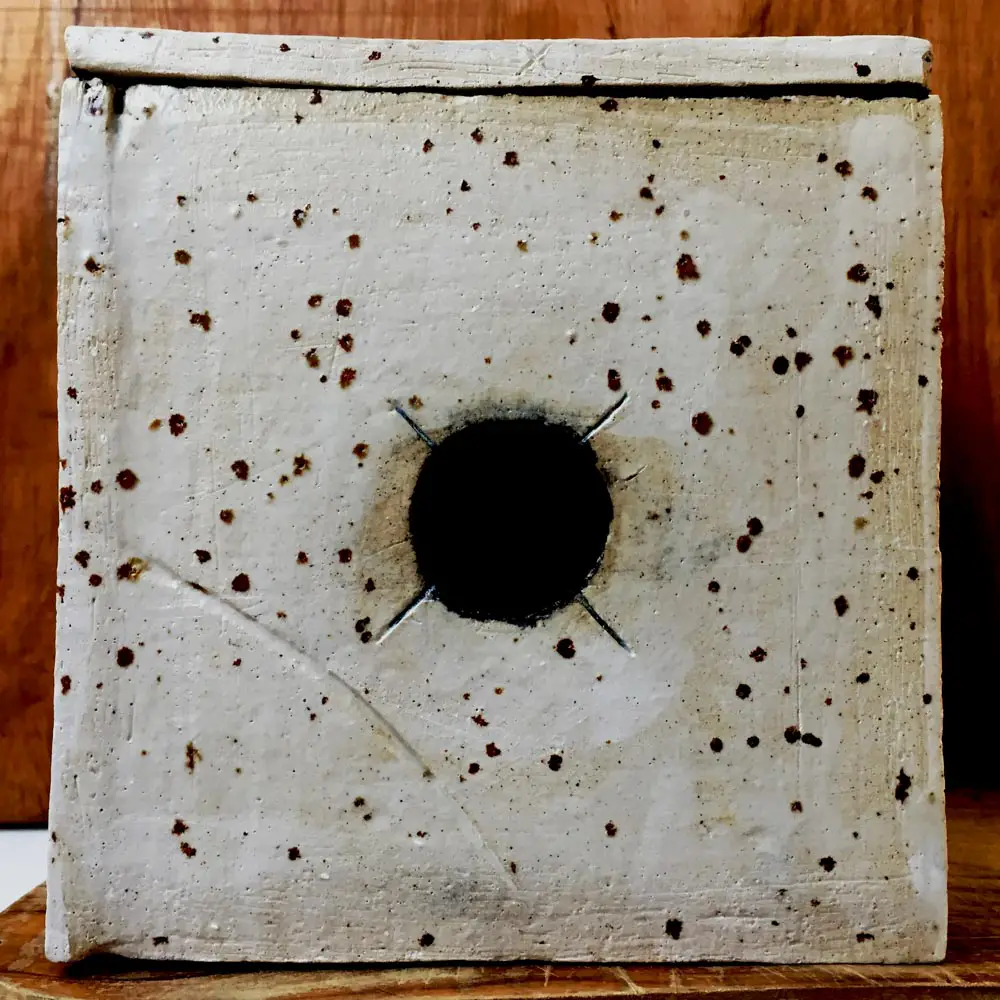
The Ceramic Pinhole Camera build
In the summer of 2017 I decided that I needed a new pinhole camera.
-
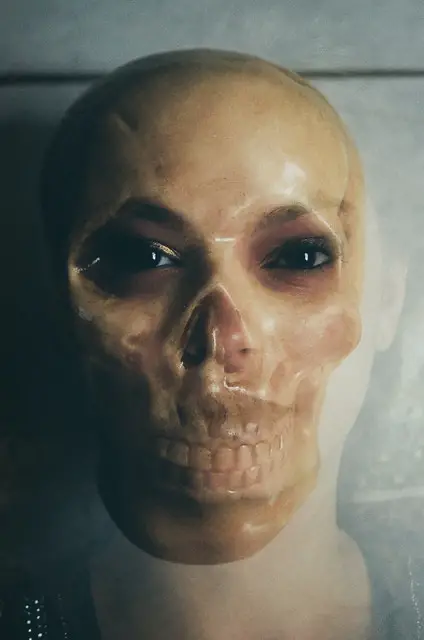
Creating double exposure portraits
One of my favorite things about shooting film is that I can make multiple exposures, which are photographs that contain 2 or more images on the same frame.
-
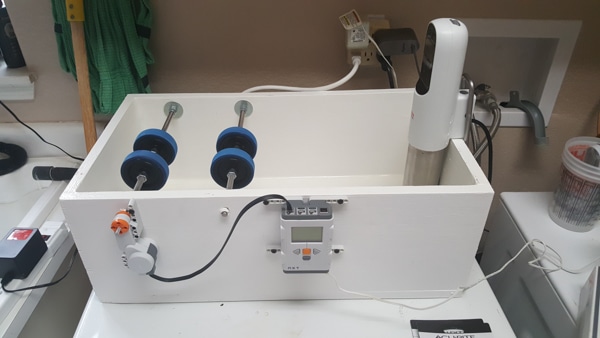
How-to: Build your own JOBO-style semi-automatic film processor: Pt.2
Welcome back to this guide on building your own JOBO-style automatic film processor.
-

How-to: Build your own JOBO-style semi-automatic film processor: Pt.1
I have always wanted a Jobo film processor.






